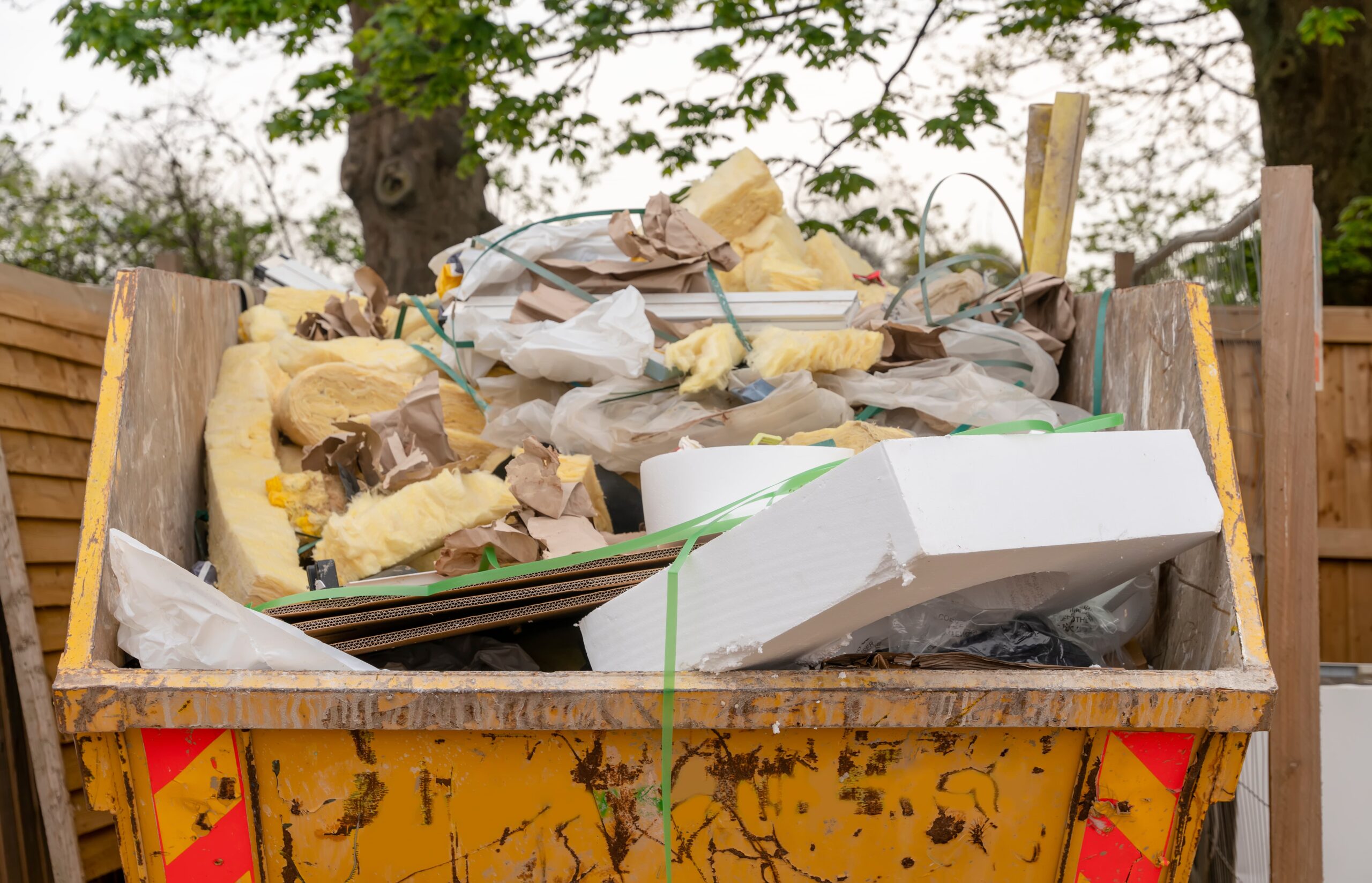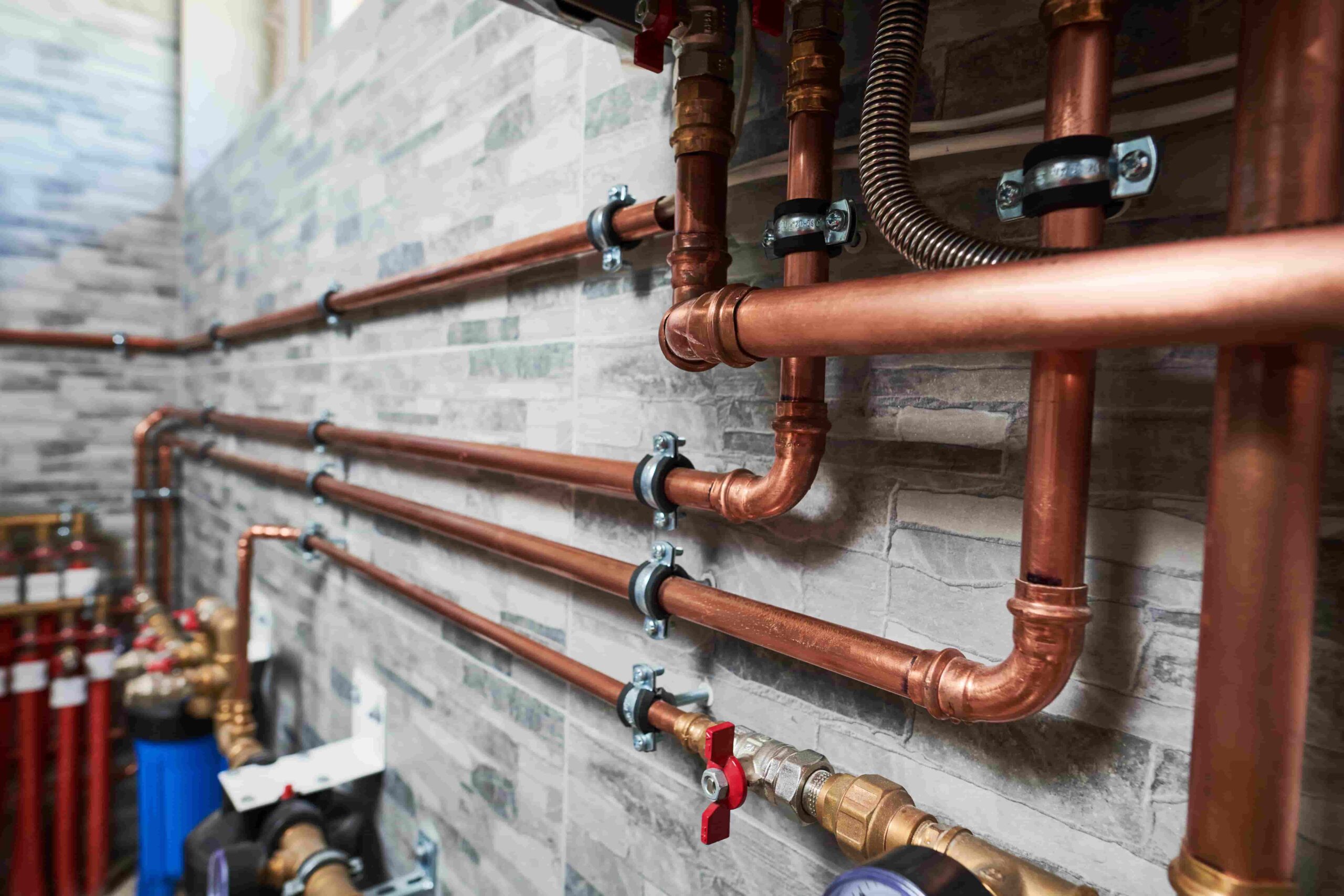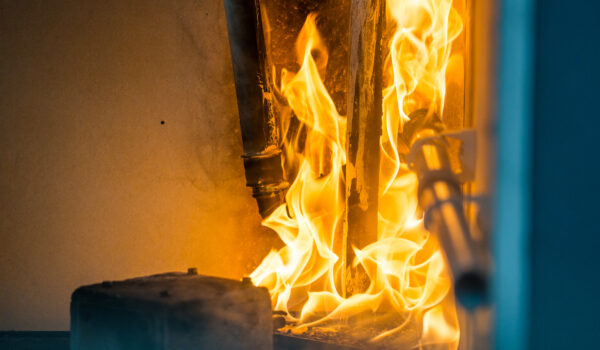Decarbonising the construction sector is a vital step in the global journey towards zero-net emissions. As the largest contributor to greenhouse gas emissions, accounting for a staggering 37% of global emissions, the construction industry must take charge by implementing low carbon energy systems in buildings.
The latest figures show that in the UK, the built environment is responsible for 25% of all greenhouse gas emissions. The Future Homes Standard (FHS), which comes into effect in 2025, is set to transform how we build our homes in an effort to reduce carbon emissions. There is an urgent need for this change, to ensure our housing aligns with the UK’s climate goals to meet net zero by 2050, with a 68% reduction in emissions needed by 2030.
What is the Future Homes Standard?
From 2025, all new homes must comply with the FHS, which aims to decarbonise the residential sector by implementing low carbon energy systems. It is set to reduce carbon emissions in new homes by 75-80% compared to current standards.
At the core of the FHS is a strong emphasis on low-carbon heating alternatives, such as the integration of renewable energy sources and advanced heating solutions. By replacing materials with sustainable alternatives, installing triple-glazed windows, and switching to low-carbon heating systems like heat pumps, homes can become more energy efficient.
The FHS promotes energy efficiency while urging the industry to reconsider building materials and methods – an essential step on the journey to greater sustainability within construction. The rising use of plastics in construction, with the sector accounting for a quarter (23%) of the plastic consumed in the UK and plastic waste piling up in landfills and oceans, also demonstrates the increased urgency for change if the UK is to reach net-zero by 2050.

Learn more about the rise of plastics in construction below.
How can copper reduce emissions from construction?
Construction stage
Copper is an essential material in the shift towards building zero-carbon homes, particularly for plumbing and heating purposes. Its durability, resistance to corrosion, and natural antimicrobial properties make it the gold standard for water and heating pipes.
Copper pipes can last over 70-80 years. As an infinitely recyclable material that can be recovered and recycled without loss of quality, copper is a sustainable building material. As such, it performs well in terms of carbon footprint, with recycled tubes and sheets having an embodied carbon of 0.84 CO2e/kg – performing better than most other construction materials.
The embodied energy and carbon of a construction project can be reduced by 10-20% without adding to the build cost – this is imperative as it accounts for 20-50% of the whole life energy and carbon of a building. By looking at the embodied carbon of a project and using lower emitting materials like copper, emissions from construction can be reduced.
Use stage
The materials used during construction have a major impact on the energy efficiency and sustainability of a building when it’s in use. By selecting the right materials, the longevity of buildings can be extended with less need for maintenance and repairs.
Copper is an extremely pliant material within the home, used for a range of applications from piping for plumbing and heating, to wiring in household electronic appliances. The metal is highly conductive and malleable, meaning it can be used in many different environments and settings.
As an exceptionally durable metal that is resistant to corrosion, the use of copper minimises the risk of leaks and frequency of piping maintenance. Copper pipes are highly thermally conductive, allowing heat to transfer quickly and efficiently. This allows construction of new homes to maintain comfortable temperatures using less energy, directly reducing carbon emissions associated with heating.
End-of-life stage
One of copper’s most significant advantages is its infinite recyclability. At the end of a building’s lifecycle, it can be easily recovered, recycled, and recast into new products. This not only reduces waste but also eliminates the need for new raw materials, making copper a sustainable option for construction projects.
In fact, most plastics cause fatal environmental damage to both the landscape and carbon emissions worldwide. A staggering 57% of plastic waste is sent to landfills, while 29% is incinerated and the remaining 6% is mismanaged, highlighting the reliance on non-recyclable materials that undermine efforts toward a circular economy.

Learn more about the use of copper in construction below.
Building towards a low-carbon future
As the construction sector aims for net-zero emissions, the FHS represents a crucial step toward sustainable building practices. Copper is an essential material in the low carbon transition, suitable for supplying heating, water and gas into homes thanks to its durable qualities, exceptional thermal conductivity and infinite recyclability.
By considering the embodied carbon of building materials at the construction stage, the emissions of construction projects through to the demolition stage can be significantly reduced. The prioritisation of copper and other metals over plastics will form a key part of enhancing energy efficiency and creating a meaningful contribution to environmental goals.
To stay informed, keep up with our news updates and subscribe to our newsletter.

